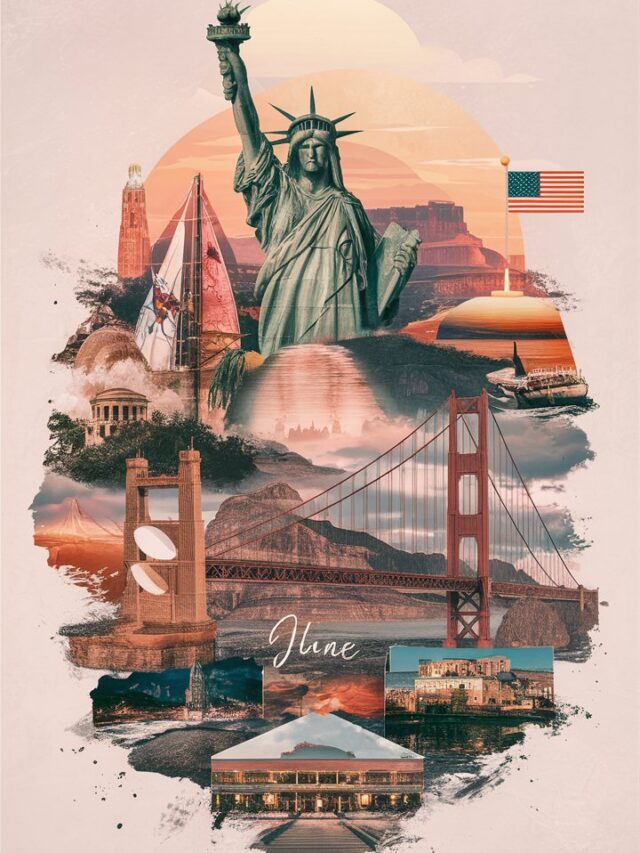Unexpected expenses can pop up at any time, often when you least expect them. Whether it’s a car repair, an unexpected medical bill, or even the sudden loss of a job, these financial surprises can disrupt your budget and cause a lot of stress. That’s why having an emergency fund is so important; it provides a much-needed financial cushion to help you manage these unforeseen costs without derailing your financial stability.
Building an emergency fund may seem daunting, especially if you’re new to saving or just getting started. However, with some discipline and a few strategic steps, you can gradually build a safety net that will give you peace of mind. Here are ten simple strategies to help you create and grow your emergency fund:
Understand the Importance of an Emergency Fund
Before we jump into the tips, it’s essential to understand why an emergency fund is crucial. An emergency fund acts as a safety net, providing financial security in times of unexpected expenses or crises. It helps you avoid accumulating debt and ensures that unexpected costs, whether they are medical bills, car repairs, or sudden job loss, do not cause undue stress or disrupt your financial stability. By having a well-funded emergency fund, you can navigate life’s uncertainties with greater peace of mind, knowing you are prepared to handle whatever comes your way.
1. Set Clear Goals
Start by determining how much you want to save. A good rule of thumb is to aim for three to six months’ worth of living expenses. To do this, calculate your monthly expenses, including rent, utilities, groceries, transportation, and any other regular costs. Once you have a total, multiply it by three to six. This will give you a clear target to work towards, ensuring you have a financial cushion for unexpected events or emergencies.
2. Open a Separate Savings Account
Keep your emergency fund separate from your regular checking account. This makes it less tempting to dip into your savings for non-emergencies, ensuring that your reserve is available when you truly need it. Additionally, look for a high-yield savings account to maximize your interest earnings, which can help your emergency fund grow faster over time. It’s also wise to regularly review and adjust your savings strategy to ensure it aligns with your financial goals and changing circumstances.
3. Automate Your Savings
Set up automatic transfers from your checking account to your emergency fund. This simple step ensures that you consistently save money without having to think about it. Even small, regular contributions can add up significantly over time, providing a financial cushion for unexpected expenses. The key is consistency—by automating your savings, you remove the need for active effort and make it easier to build a solid emergency fund.
4. Cut Unnecessary Expenses
Review your monthly expenses and identify areas where you can cut back. Start by categorizing your spending, such as groceries, dining out, entertainment, and utilities. Whether it’s dining out less often, opting to cook more meals at home, or canceling subscriptions you don’t use or need, every little bit helps. Additionally, consider negotiating bills like your internet or phone service, and look for discounts or deals that can further reduce your costs. Small adjustments can lead to significant savings over time.
5. Use Windfalls Wisely
Anytime you receive unexpected money, such as a tax refund, bonus, or gift, put a portion of it into your emergency fund. This could be a small percentage or even a significant amount, depending on your financial situation. It’s an easy way to give your savings a boost without feeling the pinch. Building an emergency fund is crucial for financial stability, as it helps cover unexpected expenses like medical bills, car repairs, or sudden job loss. By consistently adding to your emergency fund, you’ll be better prepared for life’s uncertainties and more confident in your financial security.
6. Save Your Spare Change
Use apps that round up your purchases to the nearest dollar and deposit the spare change into your savings. These apps automatically track your spending and ensure that every transaction contributes to your savings without any extra effort on your part. Over time, these small amounts can grow significantly, helping you build a financial cushion or save for future goals. It’s an effortless way to boost your savings and cultivate better financial habits.
7. Sell Unused Items
Have a garage sale or use online marketplace sites to sell items you no longer need, such as old furniture, clothes, electronics, and household goods. Take clear photos and write detailed descriptions to attract buyers. Use the proceeds to pad your emergency fund, ensuring you’re financially prepared for any unexpected expenses that might come your way.
8. Reduce Debt
While this might seem counterintuitive, paying down high-interest debt can actually free up more money to save in the long run. By focusing on reducing your debt, you not only decrease the amount of money lost to interest payments but also improve your financial health overall. This, in turn, increases your ability to save and invest for future goals. Taking steps to manage and eliminate high-interest debt can be a critical part of building a stronger financial foundation.
9. Take on a Side Gig
Consider picking up a part-time job or freelance work to earn extra income. This could involve working evenings or weekends, or leveraging a skill you have to take on freelance projects. Dedicate this additional money solely to your emergency fund, ensuring you have a financial cushion for unexpected expenses or emergencies.
10. Review and Adjust Regularly
Periodically review your progress and adjust your savings strategy as needed. Life circumstances change, and your savings plan should be flexible enough to adapt. This might involve increasing your contributions, setting new financial goals, or reallocating your investments to better suit your current situation. Regularly assessing your financial health ensures that you stay on track and are prepared for any unexpected events that may arise.
Conclusion
Building an emergency fund doesn’t have to be overwhelming. By setting clear goals, making small changes to your spending habits, and taking advantage of windfalls, you can establish a financial safety net that provides peace of mind. Ready to get started? Begin by opening a separate savings account today and automate your contributions. Your future self will thank you.
Disclaimer
The information provided in this document is for general informational purposes only and is not intended to be financial advice. Always consult with a qualified financial advisor before making any financial decisions. The strategies and tips mentioned may not be suitable for everyone, and individual circumstances can vary. While we strive to ensure the accuracy of the information, we make no guarantees of its applicability or reliability. Use the information at your own discretion and risk.














